Search results for 'black oil'
-
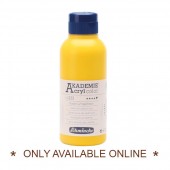
Schmincke Akademie Acrylic 250ml
Starting at: £10.75
-
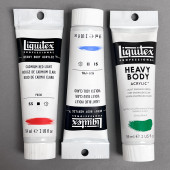
Liquitex Heavy Body 59ml
Starting at: £10.30
-
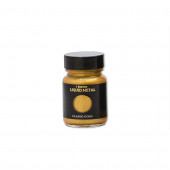
Roberson Liquid Metal 30ml
Starting at: £7.50
-
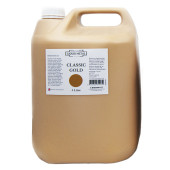
Roberson Liquid Metal 5Ltr
Starting at: £255.80
Call to Order
-
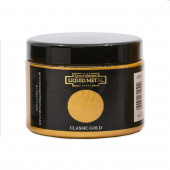
Roberson Liquid Metal 500ml
Starting at: £34.20
-

Roberson Liquid Metal 1Ltr
Starting at: £60.30
-
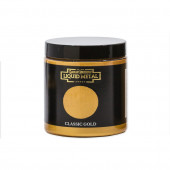
Roberson Liquid Metal 250ml
Starting at: £18.90
-
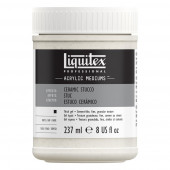
Liquitex Acrylic Textured and Effects Mediums
Starting at: £20.40
-
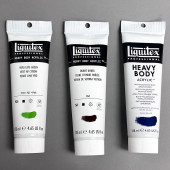
Liquitex Heavy Body 138ml
Starting at: £15.25
-
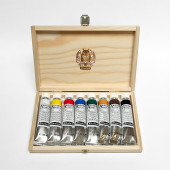
Schmincke Akademie Acryl Color Royal Academy of Arts Set
£20.00
-
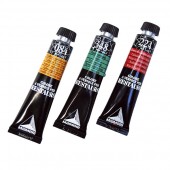
Maimeri Restoration Colours
Starting at: £17.50
-
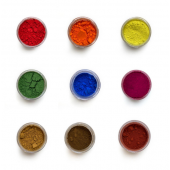
Small, 15ml Pigment sizes
Starting at: £4.00
-
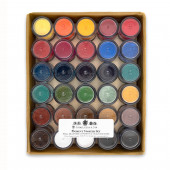
Cornelissen Pigment Set of 30 Colours
£130.00 -
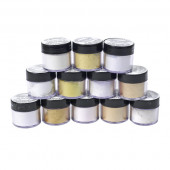
Pearl Lustre Pigments 1 kg
Starting at: £94.00
Call to Order
-
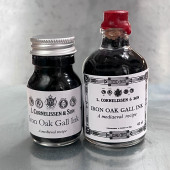
Cornelissen Historical Inks, Iron Oak Gall
Starting at: £9.00
-
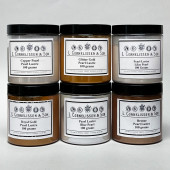
Cornelissen Pearl Lustre Pigments 100g
Starting at: £12.90
-
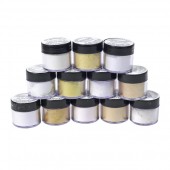
Pearl Lustre Pigments 7g
Starting at: £4.70
-
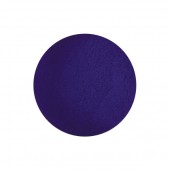
Prussian Blue Pigment
Starting at: £5.20
-
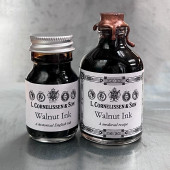
Cornelissen Historical Inks, Walnut
Starting at: £9.00
-
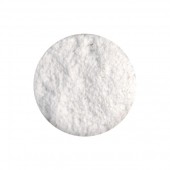
Flake White Pigment
Starting at: £18.75
Call to Order
-
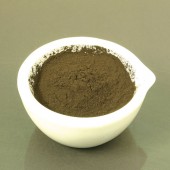
Asphaltum Powder
Starting at: £14.30
Call to Order
-
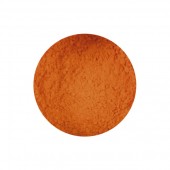
Lead Red Pigment (Minium)
Starting at: £7.30
Call to Order




